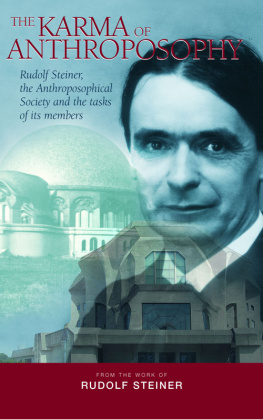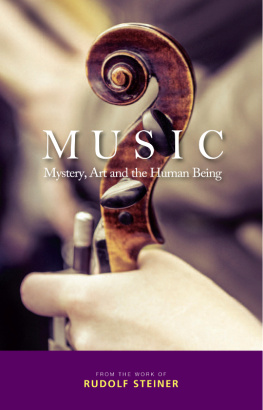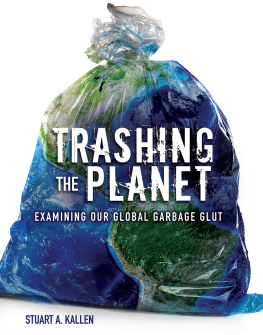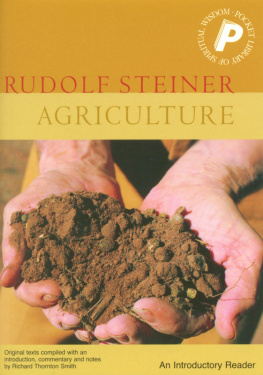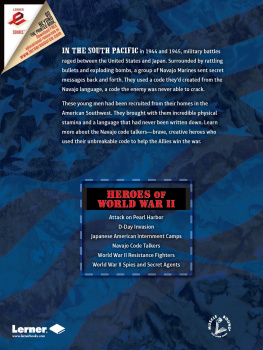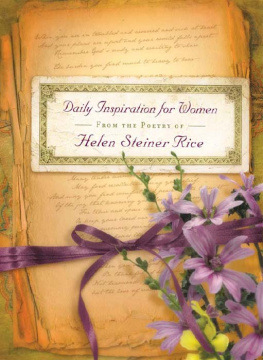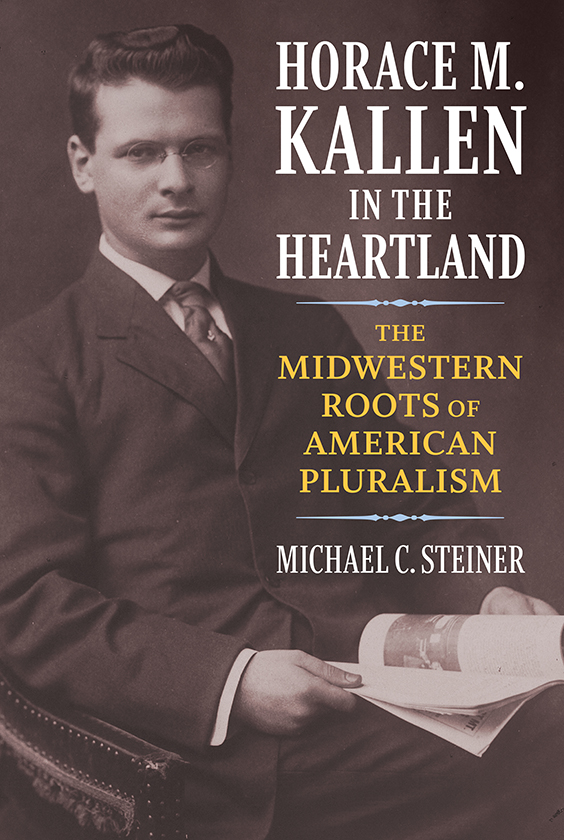Contents
horace m. kallen in the heartland
horace m. kallen
in the
heartland
the midwestern roots of american pluralism
MICHAEL C. STEINER
 university press of kansas
university press of kansas
2020 by the University Press of Kansas
All rights reserved
Published by the University Press of Kansas (Lawrence, Kansas 66045), which was organized by the Kansas Board of Regents and is operated and funded by Emporia State University, Fort Hays State University, Kansas State University, Pittsburg State University, the University of Kansas, and Wichita State University.
Library of Congress Cataloging-in-Publication Data
Names: Steiner, Michael C., author.
Title: Horace M. Kallen in the heartland : the midwestern roots of American pluralism / Michael C. Steiner.
Description: Lawrence : University Press of Kansas, 2020. | Includes index.
Identifiers: LCCN 2019045522
ISBN 9780700629541 (cloth)
ISBN 9780700629558 (epub)
Subjects: LCSH: Cultural pluralismUnited States. | United StatesHistoryPhilosophy. | United StatesRace relations. | MulticulturalismUnited States. | Kallen, Horace Meyer, 18821974. | PhilosophersUnited StatesBiography.
Classification: LCC HN59.2 .S743 2020 | DDC 191dc23
LC record available at https://lccn.loc.gov/2019045522 .
British Library Cataloguing-in-Publication Data is available.
Printed in the United States of America
10 9 8 7 6 5 4 3 2 1
The paper used in the print publication is recycled and contains 30 percent postconsumer waste. It is acid free and meets the minimum requirements of the American National Standard for Permanence of Paper for Printed Library Materials Z39.481992.
For Lucy, Beret, and Siri
contents
acknowledgments
Ideas dont grow in a vacuum. This was true for Horace Kallen a century ago, and it has been true for me today. This book about the birth of an idea among a group of people in the past has grown from a similar give-and-take between people in the present. Many colleagues, friends, and family, in Minnesota, California, Ohio, and other places, have shaped my thinking about this philosopher who discovered cultural diversity and a community of interest in a new place and a new region. It would be impossible to express my gratitude for everyone who helped me realize how ideas take place and how a theory developed a century ago is increasingly relevant today. I can only try to thank some of the people who were directly involved in the birth of this book and who have guided and cheered me on over the past four years.
Most immediately I am indebted to many thoughtful, ever-patient archivists. My book is grounded upon research at the American Jewish Archives at Hebrew Union College in Cincinnati, where archivists Joe Webber, Steve Collins, and Julianna Witt and director of research and collections Dana Herman warmly welcomed my presence and helped guide my work. My time at the Kheel Center for Labor-Management Archives at Cornell University in Ithaca, New York, benefited from the thoughtful assistance of research archivist Steven Calco and archivists Patrizia Sione and Melissa Holland. I am grateful for the help of Gunnar Berg and Leo Greenbaum at the YIVO Collection at the Institute for Jewish Research in New York, as well as for the assistance and advice of Kristall Benson and Kristina Warner at the Norwegian-American Historical Association in Northfield, Minnesota. I am thankful for the kind efforts of archivists in securing images in the special collections at Harvard and Howard Universities, the Universities of Iowa, Wisconsin, and Illinois at Chicago, and the Wisconsin State Historical Society.
Many scholars and friends in Fullerton, California, and in Cincinnati, Ohio, helped me launch this book and gave encouragement and advice along the way. During my forty years in a vibrant American Studies department at California State University, Fullerton, I have deeply appreciated the intellectual support of every one of my colleagues. I am immeasurably grateful to several of them, in American Studies and other departments, especially Allan Axelrad, Benjamin Hubbard, Karen Lystra, Jack Mearns, Merrill Ring, and Leila Zenderland, who were directly involved in reading and reacting to early drafts of my midwestern book. I am also indebted to conversations with memorable graduate students over the years, among them April Schultz, Tracy Smith, Linda Maram, Jie Tian, John Carlos Marquez, Jed Kuhn, Stepan Serdiukov, and especially Nicole Rehnberg, for their support and fresh ideas during many stages of the project.
People in other roles and other places have contributed directly.



